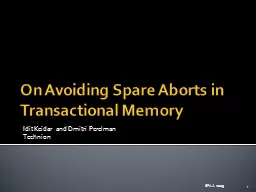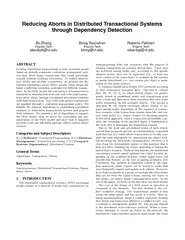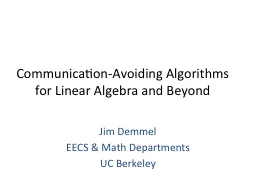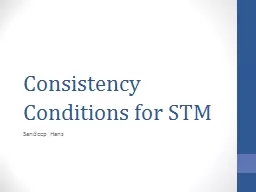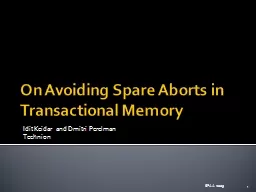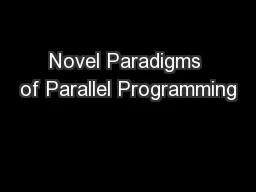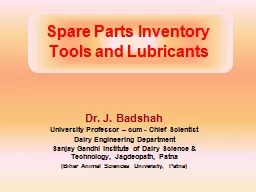PPT-On Avoiding Spare Aborts in Transactional Memory
Author : briana-ranney | Published Date : 2018-03-06
Idit Keidar and Dmitri Perelman Technion 1 SPAA 2009 Transactional Memory Background The emergence of multicore architectures Conventional locking Transactional
Presentation Embed Code
Download Presentation
Download Presentation The PPT/PDF document "On Avoiding Spare Aborts in Transactiona..." is the property of its rightful owner. Permission is granted to download and print the materials on this website for personal, non-commercial use only, and to display it on your personal computer provided you do not modify the materials and that you retain all copyright notices contained in the materials. By downloading content from our website, you accept the terms of this agreement.
On Avoiding Spare Aborts in Transactional Memory: Transcript
Download Rules Of Document
"On Avoiding Spare Aborts in Transactional Memory"The content belongs to its owner. You may download and print it for personal use, without modification, and keep all copyright notices. By downloading, you agree to these terms.
Related Documents

